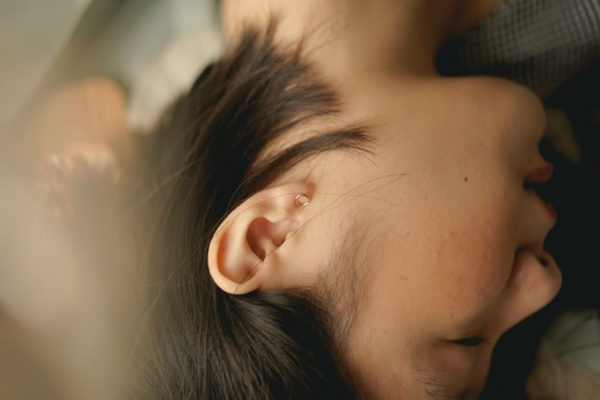Winter is here. When you see your baby suffering from stuffy nose, cold and cough, and the uncomfortable feeling that they are going through which they cannot express- your heart melts. How much ever precautions we take, still our babies and kids will go through at least one cycle of cold and cough – there is no escape! There are several home remedies in practice from many centuries for young ones cold and cough. Some of these below mentioned recipes prescribed in ancient Ayurveda medicines too.
Honey and lemon for a sore throat
Lemon dries up congestion and honey provides a soothing coating. Mix a tablespoon of each, microwave for 20 seconds until warm and have your child swallow the mixture a teaspoon at a time. Lemon dries up congestion and honey provides a soothing coating. Recent studies show that honey is better than cough medicine for relieving coughs and helping a sick child sleep better.
Caution: Honey is not safe for babies under 1 year.
Vapor rubs
A mixture of eycalyptus, camphor and menthol always has some soothing effect when taken in vapor form. Vapor rubs help kids sleep better at night. Many researchers say that these ingredients do not have much effect on nasal congestion. However, grandma remedies for centuries have been using this for kids and adults. It creates a soothing, easy effect on nose. Use vapor rubs for babies 3 months and above.
Gargling with salt water
Gargling with salt water is a time-honored way to soothe a sore throat. It also helps clear mucus from the throat. While scientists have not determined exactly why it works, studies have shown that the remedy is effective. Gargling needs practice -use this method if your kid is 4 years and up.
Extra fluids
Drinking plenty of fluids helps prevent dehydration, flushes, and thins your child’s nasal secretions.
Plain water is great, but your child might not find it very appealing. Try fruit smoothies and other favorite healthful beverages and ice pops made from 100 percent juice. Warm liquids thins out most of the mucous. Do not give very hot drink to babies. Make sure liquid is warm.
Serve soup for kids
Try various types of soup -if your kid is a vegetarian try sweet potato, tomato, pumpkin and sweet corn soup. Give soup a sweet taste than sour. Soup contains anti-inflammatory properties.
Moisten the air
In your kids room place a humidifier. The moisture in the humidifier helps to ease stuffiness. Do not forget to change the water daily.
Elevate the head
To get out of the stuffiness elevate your kids head with a pillow. For babies in the crib use a wedge and slightly elevate the head. This will help them to drain the mucus from the nose. Congestion is often caused by mucous from a stuffy nose dripping into the throat, so keeping the baby’s head elevated can help alleviate symptoms.
Saline solution for stuffy nose
Spray couple of drops of salt and water solution (saline solution) to help de congest the stuffy nose. Just make sure that the salt water does not go in babies eyes. You can make a saline solution by mixing a quarter teaspoon of salt into one cup of water. Stir the solution and store in a glass or plastic container.
Disclaimer: If your babies or kids have cough and cold symptoms and you would like to use above home remedies please contact your paediatrician and take suggestions before proceeding with any of above remedies.
Image courtesy: http://hinduism.about.com/
References:
http://www.babycenter.com/
http://www.parents.com/
Image credit: Photo by Sergiu Vălenaș on Unsplash (Free for commercial use)






